Can Laser Therapy Help Hair Loss?
If you’ve suffered with thinning hair, you may have got to the point where you feel like you’ve tried it all. Every medication, every product, and every treatment on the market. One of the latest treatments that is gaining popularity is low level laser hair/light therapy (LLLT). In fact LLLT is one of three recognised treatments for androgenetic alopecia by the FDA. But how does it work? And will it really help you achieve any hair growth?
What is Laser Treatment?
Whilst it may feel like a more recent discovery, the first research of laser light therapy was actually started in the late 1960’s. Endre Mester was a Hungarian physician who wanted to research the potentially carcinogenic impact of the ruby laser on mice. The mice were shaved as part of the study, and instead of the expected results of cancer, the mice exhibited an increase of hair growth.[1] The study was one of the first to look at the impacts of “photobiostimulation”.[2] The unexpected results of an increase of hair growth, have led to further research from multiple scientists on laser therapy’s efficacy and suitability to treat conditions like androgenetic alopecia (AGA).
How does Laser Therapy Work?
Laser therapy and LLLT use medical grade laser to deliver a safe, low levels of laser light directly to your scalp and hair follicles and help to stimulate growth. There are a few different hypotheses for exactly how hair growth is achieved. It’s been discovered that a LLLT can reduce inflamation, improve microvascular circulation leading to an increase in the number and strength of the hair follicles itself.[3] As well as stimulating hair follicles that are currently in the telogen (resting) phase back into the anagen growth phase. This may be due to an increase in blood circulation that both supports, an prolongs the anagen phase of hair growth.[4]
What devices are out there?
In 2007 and 2011 the Hair Max Laser Comb was approved by the FDA (US Food and Drug Association) for men and women respectively. Since then, multiple other types of devices and delivery methods for LLLT have been developed. There are multiple devices on the market for in clinic, or at home use. The laser comb, laser hair caps, and even helmets are all products available on the market that you can use at home. Products often have varying levels of quality and strength of the lasers used. For obvious price differences.
After animal trials, a series of 12 clinical trials with different devices and methodology have been conducted, most showed levels of success in hair growth. The trials are summarised in Table 2.[5]

Is Laser Hair Therapy safe? Are there any side effects?
LLLT has been deemed to be a safe and low risk treatment for both women and men suffering with androgenetic alopecia, alopecia areata, male and female pattern hair loss and chemotherapy induced alopecia. The best results have been found with the non scarring alopecias. We would always recommend consulting a medical professional to determine the best course of treatment for your hair loss, and what may work for you. Particularly before buying an expensive at home device. Whilst the current research and testing does seem to prove a correlation between LLLT and hair growth, more controlled testing and research is needed into the efficacy of the devices on the market, and the strength and duration of lasers used to properly determine the optimal treatment.
And if you’ve decided that LLLT is for you, you will know that it’s a long process that requires alot of time to work. So if you’re looking for something to help conceal thinning areas and boost the thickness of your hair, the Boost N Blend female hair fibres are an amazing product to use. Micro cotton fibres instantly conceal thinning areas and make hair appear fuller and thicker.
[1] Avci P, Gupta GK, Clark J, Wikonkal N, Hamblin MR. Low-level laser (light) therapy (LLLT) for treatment of hair loss. Lasers Surg Med. 2014 Feb;46(2):144-51. doi: 10.1002/lsm.22170. Epub 2013 Aug 23. PMID: 23970445; PMCID: PMC3944668.
[2] Lueangarun S, Visutjindaporn P, Parcharoen Y, Jamparuang P, Tempark T. A Systematic Review and Meta-analysis of Randomized Controlled Trials of United States Food and Drug Administration-Approved, Home-use, Low-Level Light/Laser Therapy Devices for Pattern Hair Loss: Device Design and Technology. J Clin Aesthet Dermatol. 2021 Nov;14(11):E64-E75. PMID: 34980962; PMCID: PMC8675345.
[3] Zarei M, Wikramanayake TC, Falto-Aizpurua L, Schachner LA, Jimenez JJ. Low level laser therapy and hair regrowth: an evidence-based review. Lasers Med Sci. 2016 Feb;31(2):363-71. doi: 10.1007/s10103-015-1818-2. Epub 2015 Dec 21. PMID: 26690359.
[4] Zarei M, Wikramanayake TC, Falto-Aizpurua L, Schachner LA, Jimenez JJ. Low level laser therapy and hair regrowth: an evidence-based review. Lasers Med Sci. 2016 Feb;31(2):363-71. doi: 10.1007/s10103-015-1818-2. Epub 2015 Dec 21. PMID: 26690359.
[5] Zarei M, Wikramanayake TC, Falto-Aizpurua L, Schachner LA, Jimenez JJ. Low level laser therapy and hair regrowth: an evidence-based review. Lasers Med Sci. 2016 Feb;31(2):363-71. doi: 10.1007/s10103-015-1818-2. Epub 2015 Dec 21. PMID: 26690359.

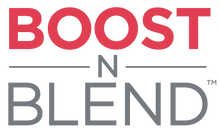




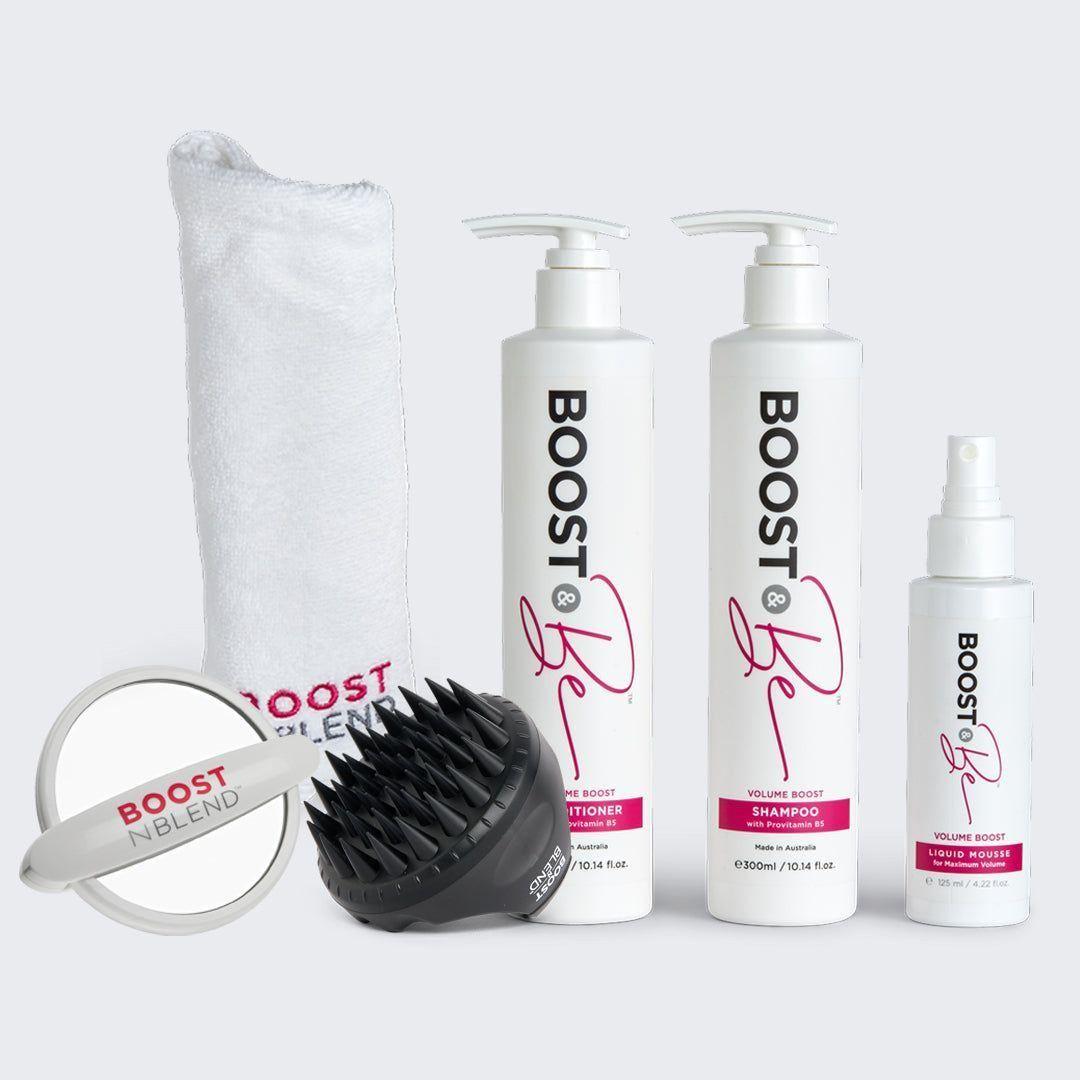

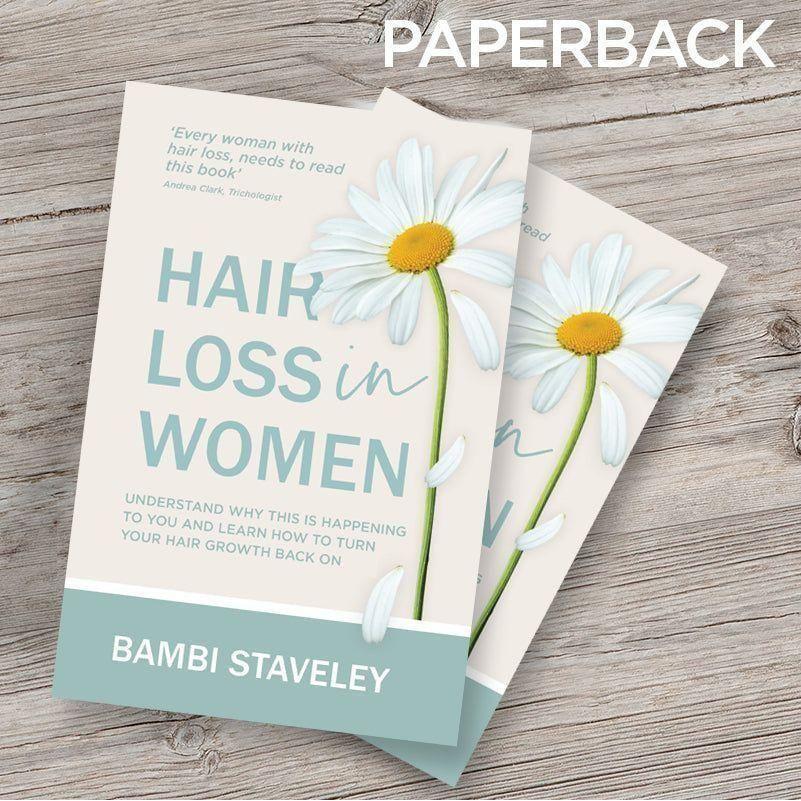


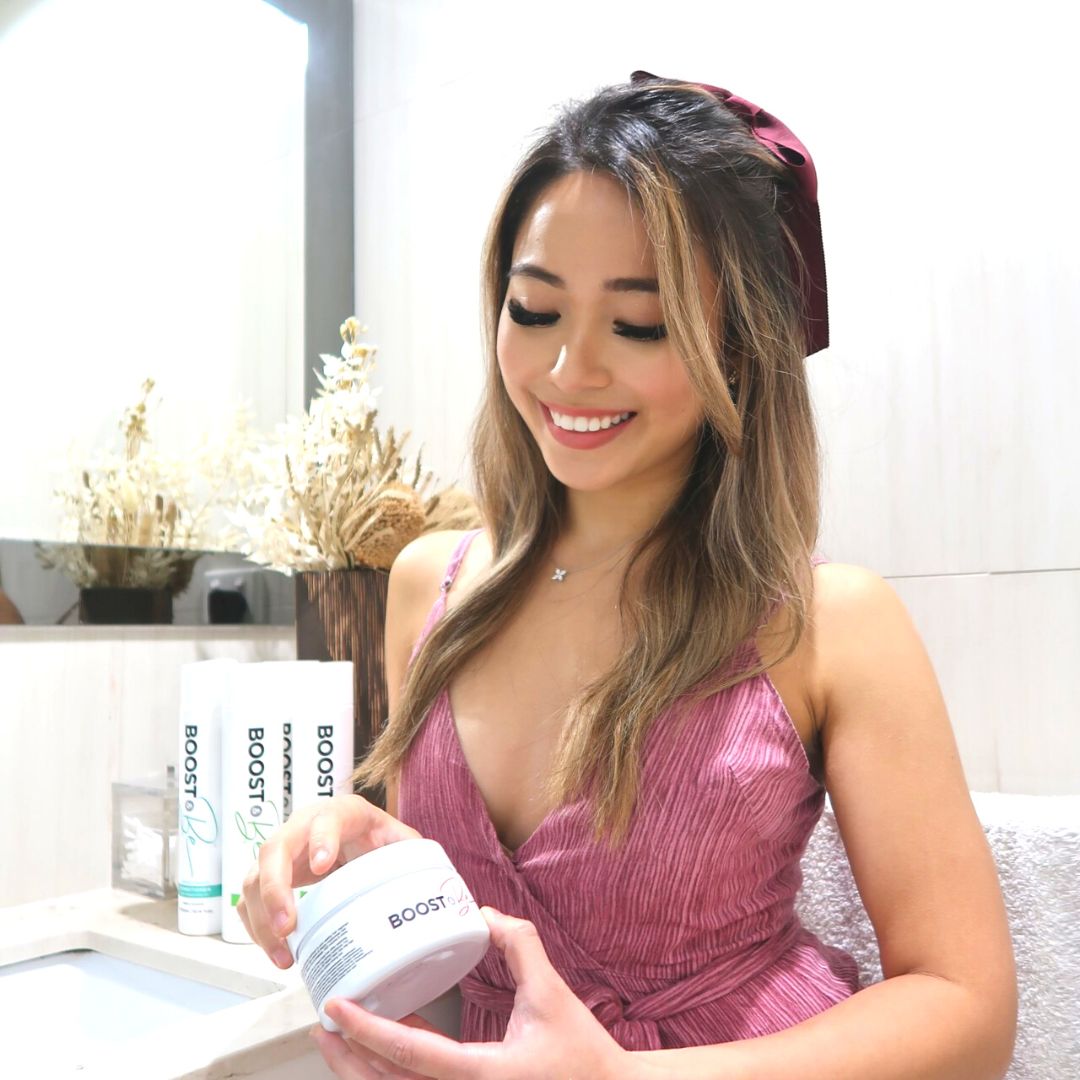

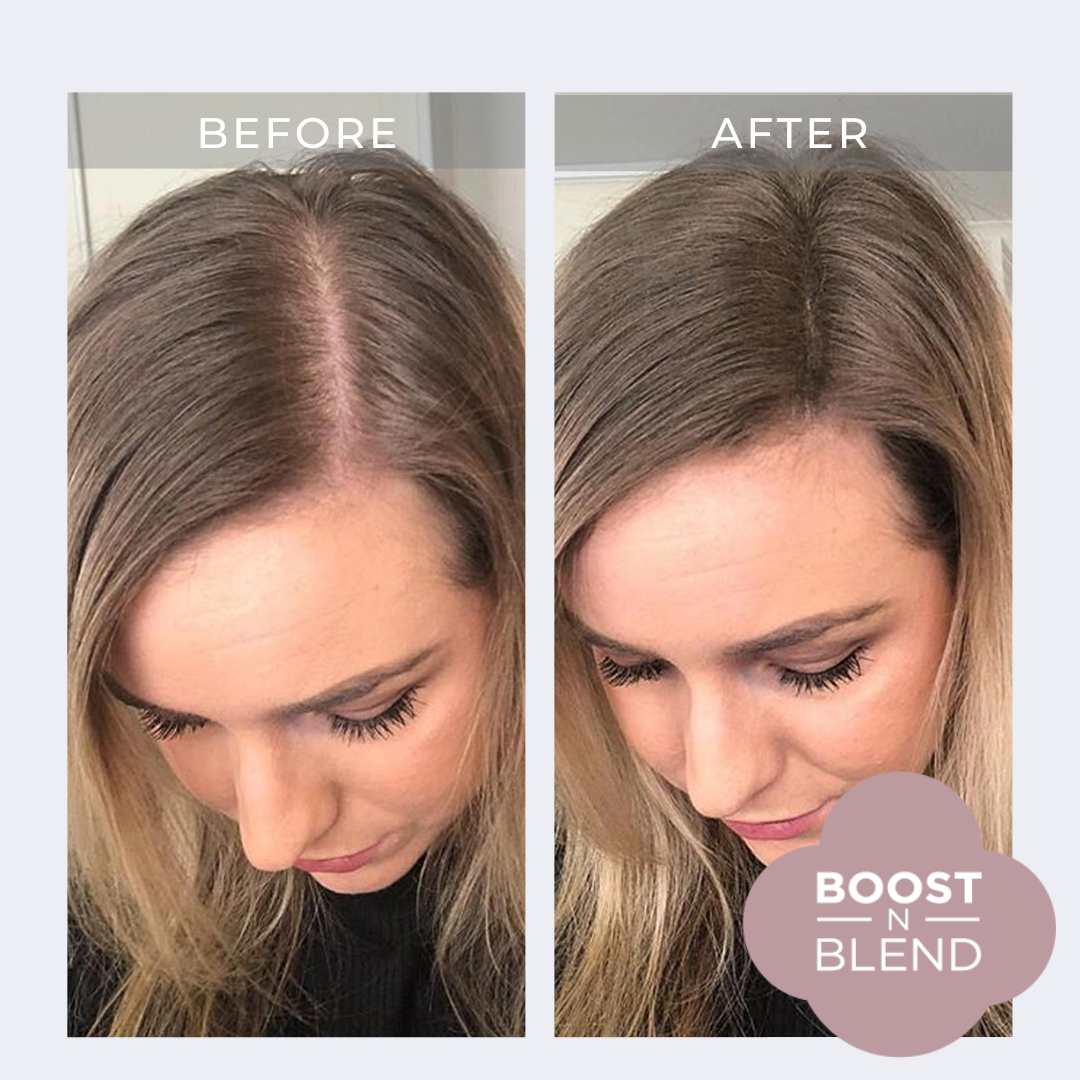
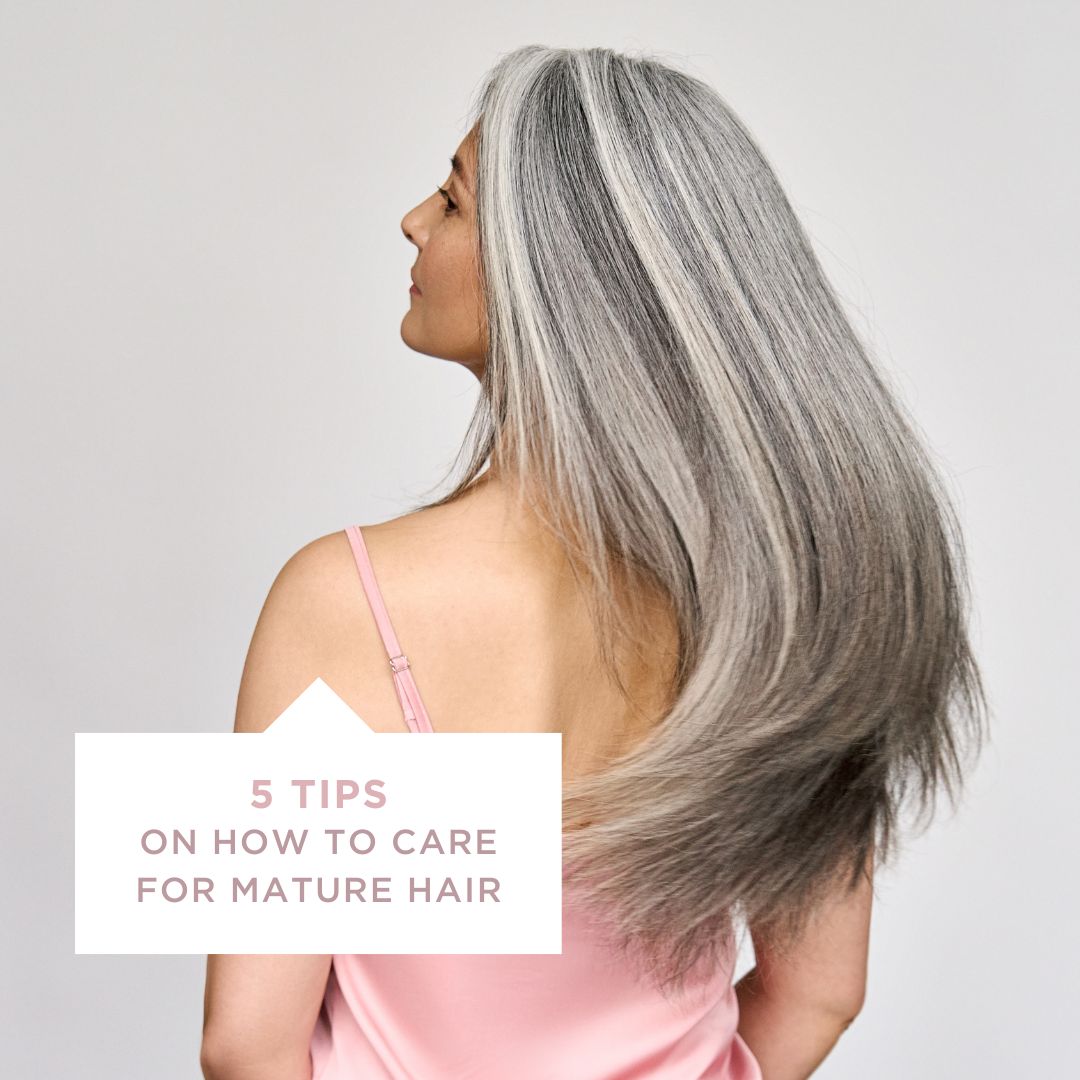
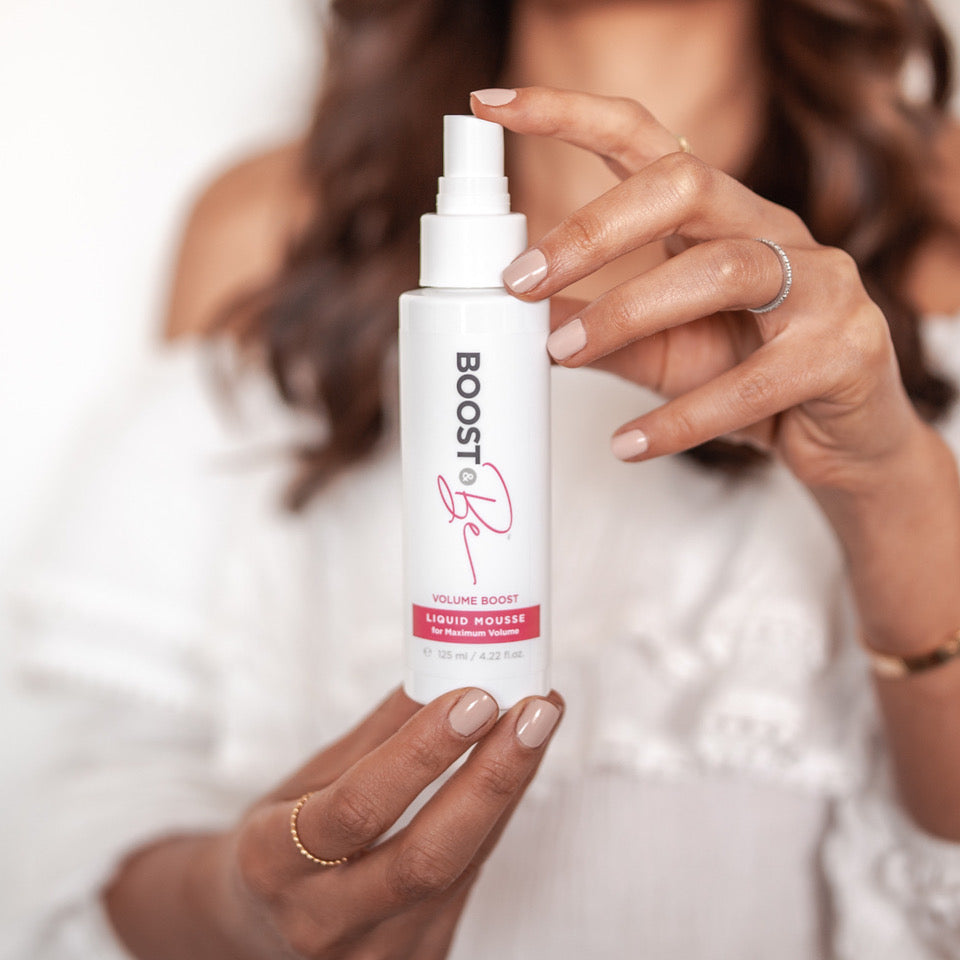
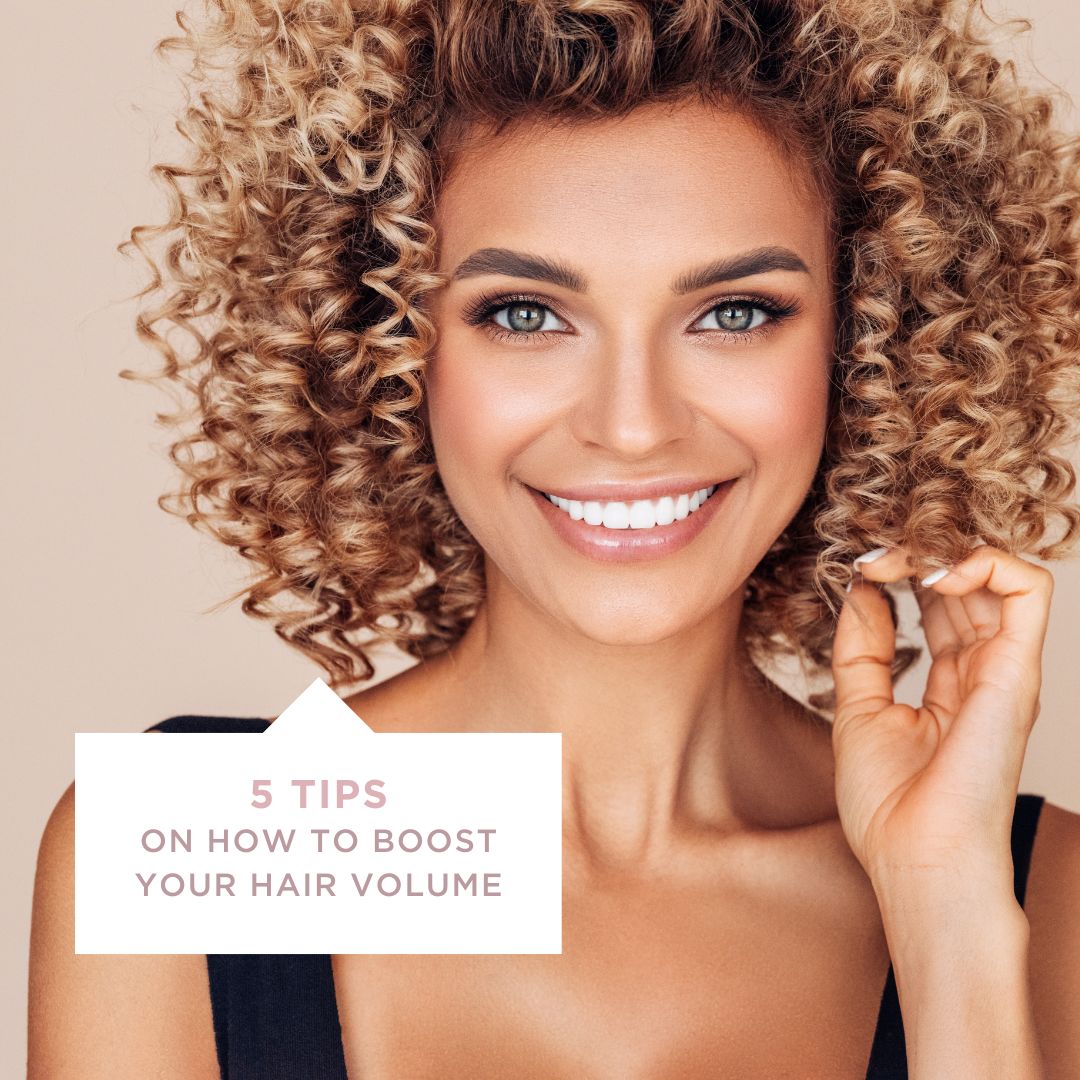
Leave a comment